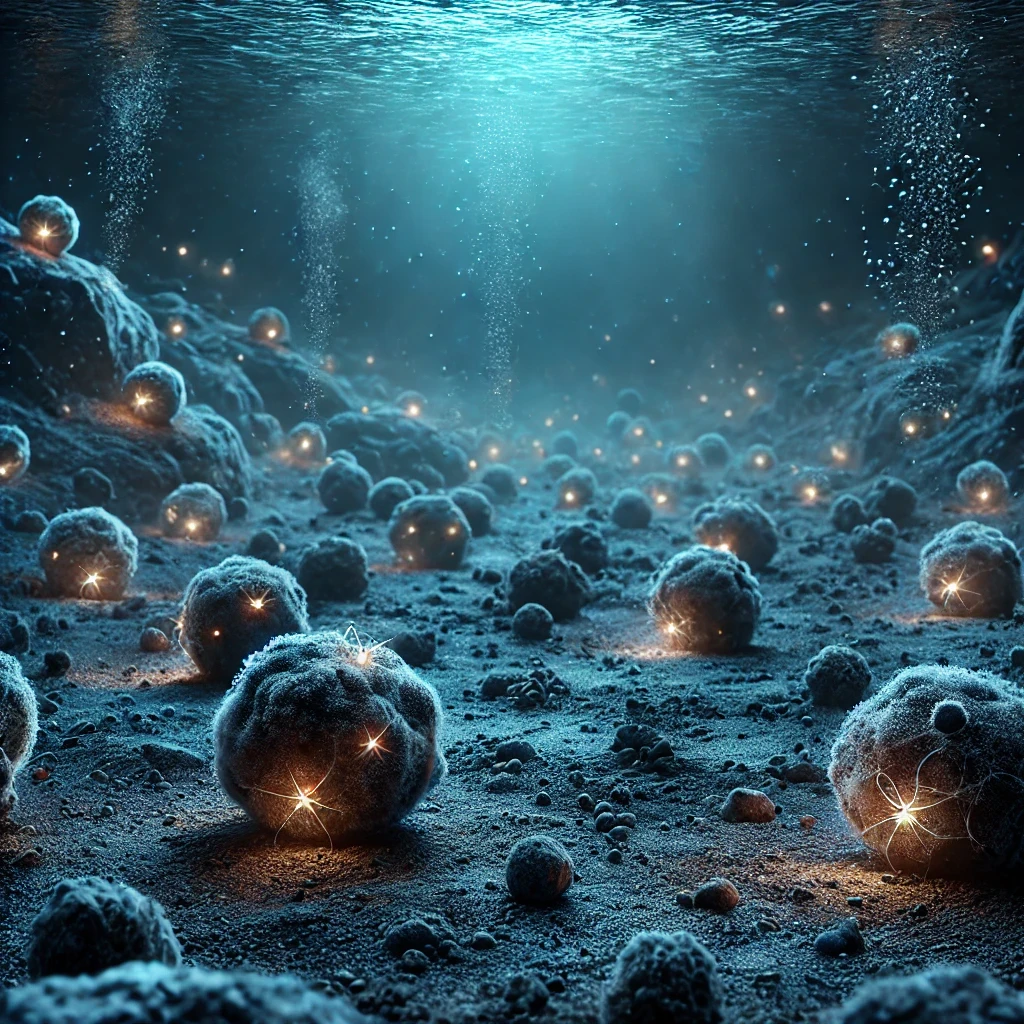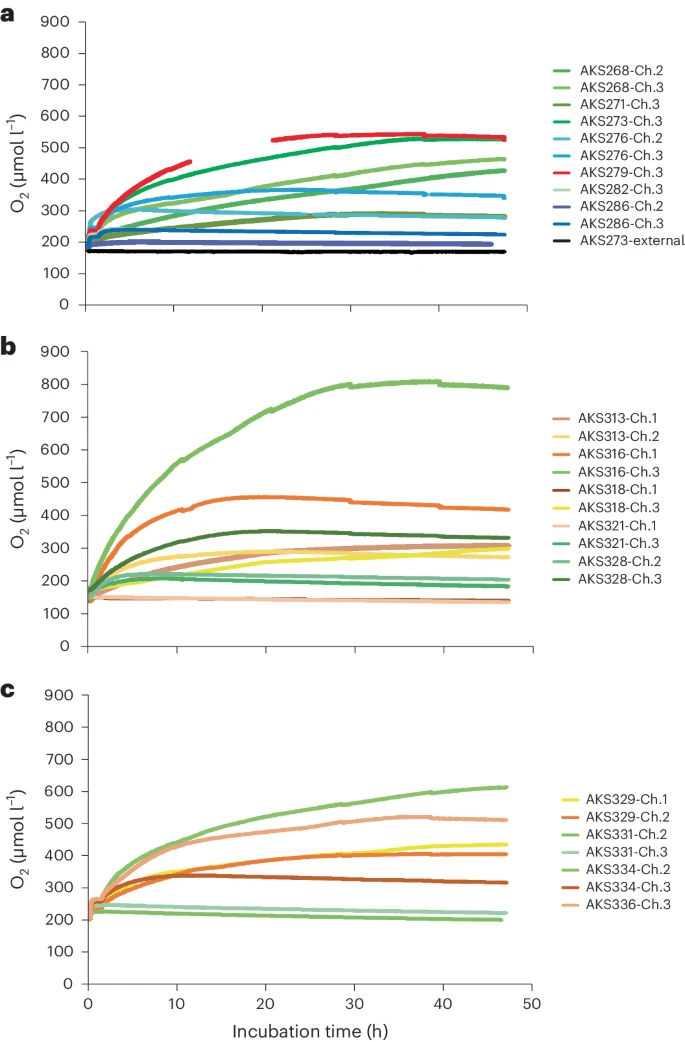
In a remarkable breakthrough, scientists have unveiled the phenomenon of Dark Oxygen Production (DOP) in the deep ocean. This discovery, published in Nature Geoscience, opens new doors to understanding how oxygen is generated without sunlight at the abyssal seafloor. But while this could offer significant environmental insights, it also presents risks, particularly regarding deep-sea mining.
The Science Behind Dark Oxygen Production (DOP)
Unlike traditional photosynthetic oxygen generation, DOP occurs through electrochemical reactions on the surface of polymetallic nodules found in the deep-sea abyss. These nodules host minerals like manganese, which drive these processes. DOP could play a vital role in maintaining the oxygen cycle in ecosystems buried deep beneath the ocean’s surface.

Potential Benefits for Humanity
New Insights into Earth's Oxygen Cycle: DOP could reshape how we understand oxygen production, particularly in regions devoid of light. This could lead to improved climate models and a deeper grasp of carbon and oxygen cycles in the ocean.
Impacts on Marine Life: By sustaining oxygen levels in dark, nutrient-poor regions, DOP may be critical for microbial communities and benthic ecosystems. This could be especially important as we look for ways to maintain biodiversity in these fragile areas.
Potential Climate Solutions: As we better understand oxygen and carbon cycling at the ocean floor, we may discover novel ways to mitigate climate change. Learning how to harness these natural processes could inform future geoengineering strategies.
The Risks of Deep-Sea Exploitation
The growing interest in deep-sea mining poses a significant threat to DOP activity. Polymetallic nodules, rich in valuable metals like nickel and cobalt, are targeted for extraction. Mining operations could disrupt these nodules and the surrounding sediment, potentially halting DOP.
Moreover, the study warns that large-scale disturbances from mining activities might interfere with the sediment layers that drive these electrochemical reactions. This would not only impact oxygen production but could also destabilize deep-sea ecosystems.
A Call for Sustainable Exploration
The discovery of DOP underscores the importance of balancing technological advancement with environmental stewardship. As interest in ocean mining grows, so must our efforts to protect the deep sea’s delicate ecosystems. Future research should focus on minimizing the ecological impacts of extraction while exploring how DOP might contribute to global oxygen balance.
At SUSTAINOVA, we believe that breakthroughs like DOP demonstrate the intricate relationships between nature and technology. As we continue to innovate, we must prioritize sustainability, ensuring that the natural world thrives alongside human progress.
Full study: https://www.nature.com/articles/s41561-024-01480-8
